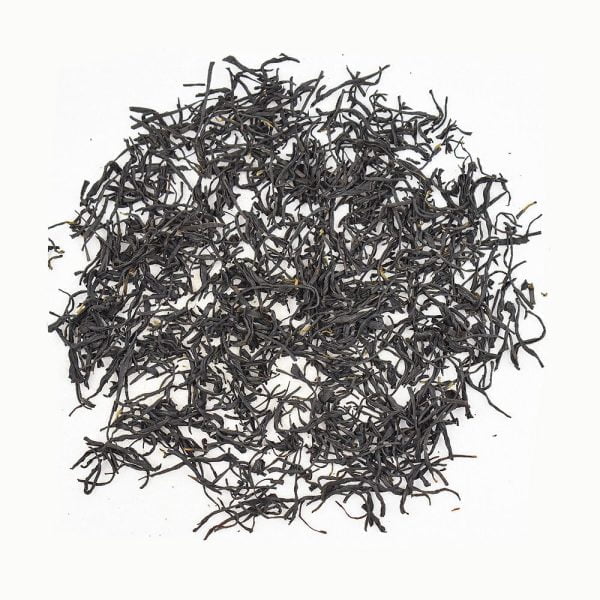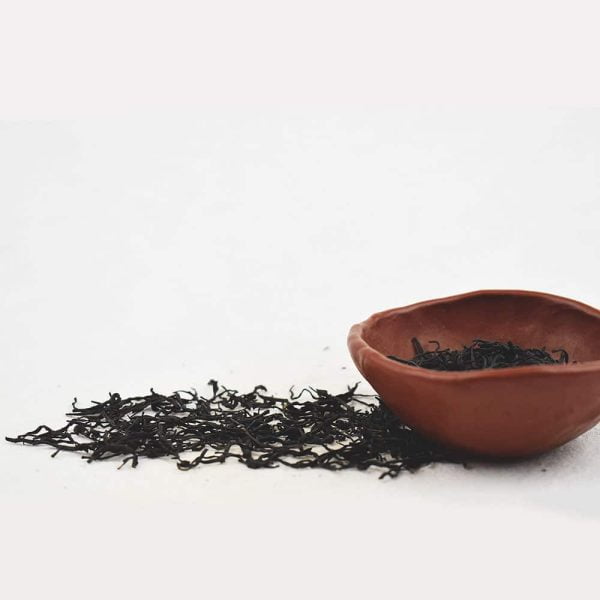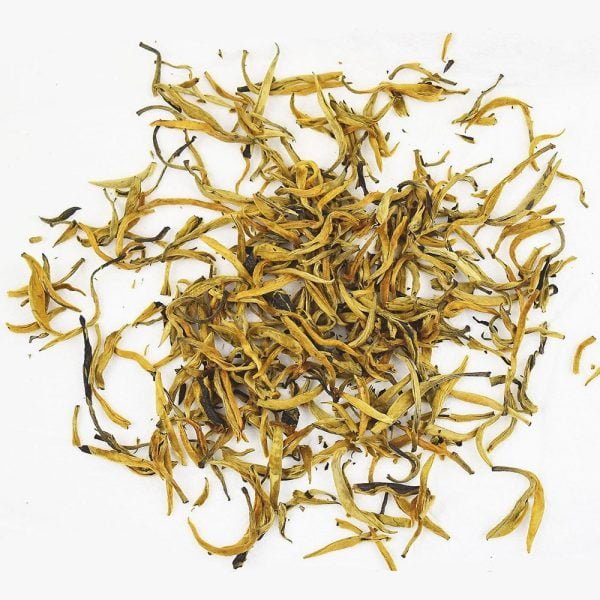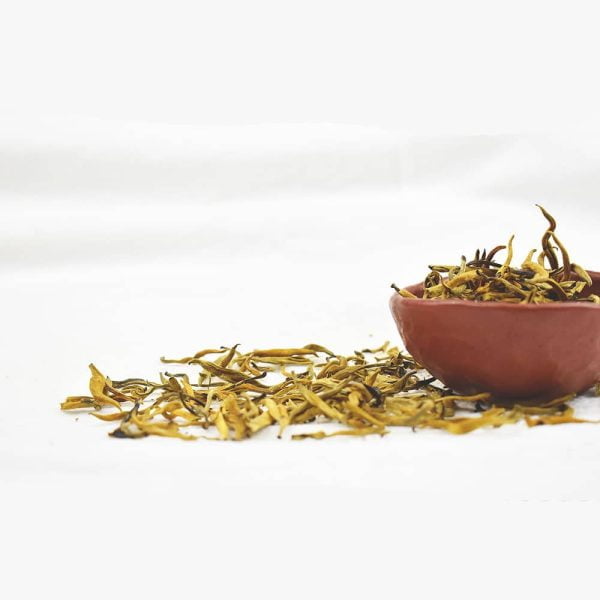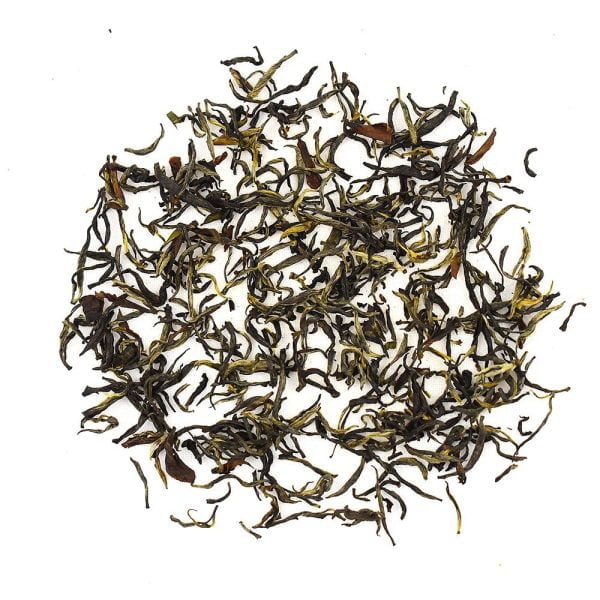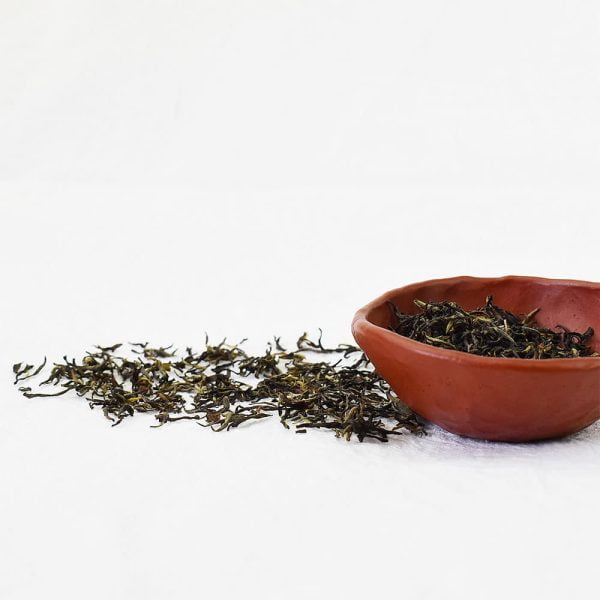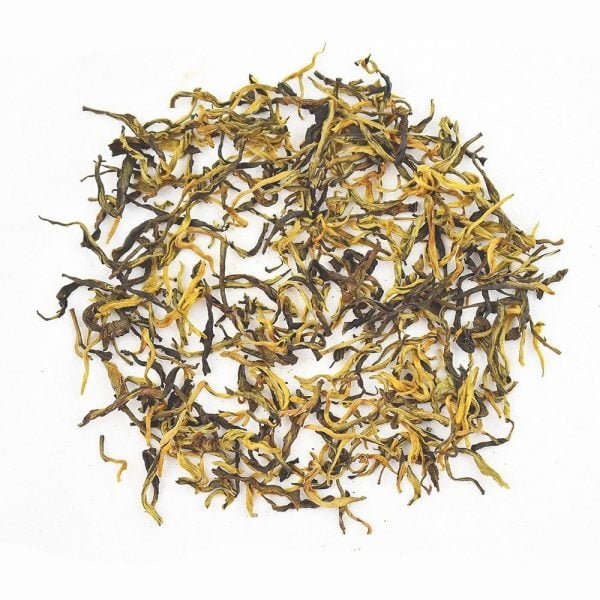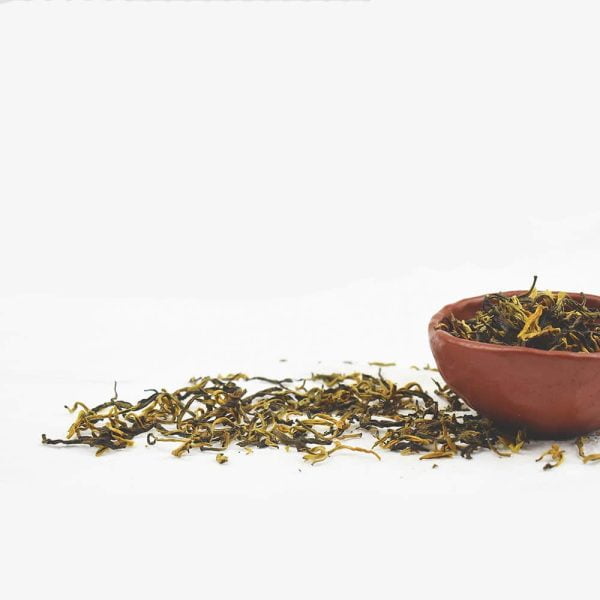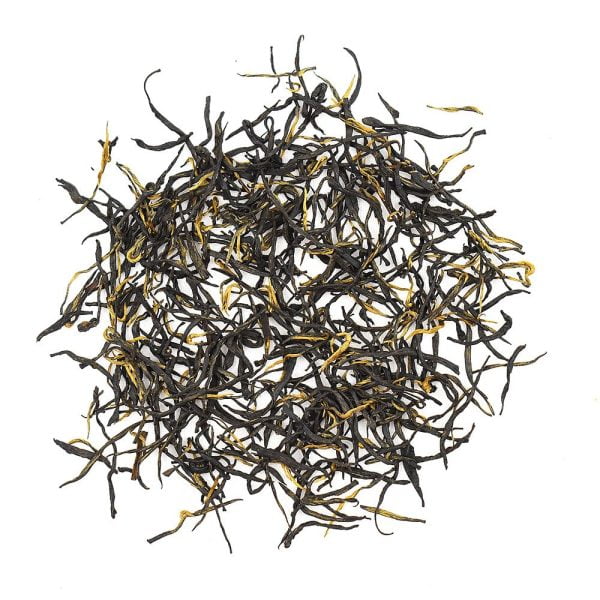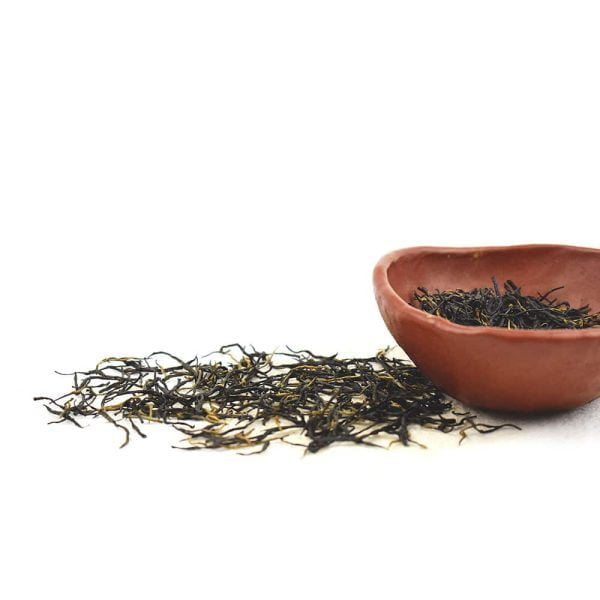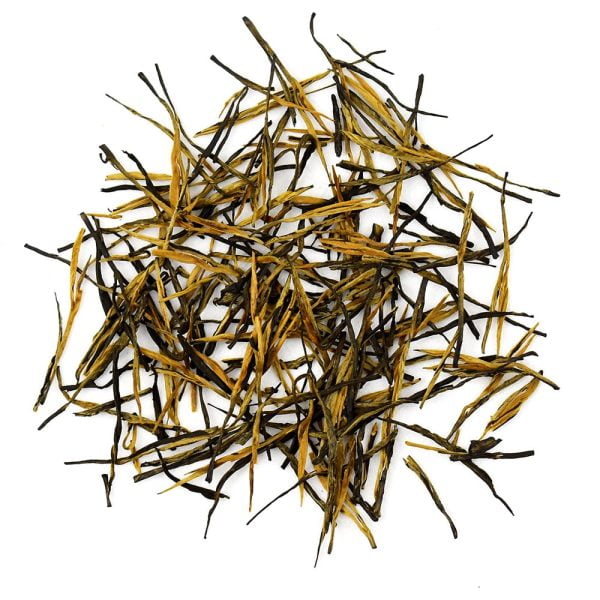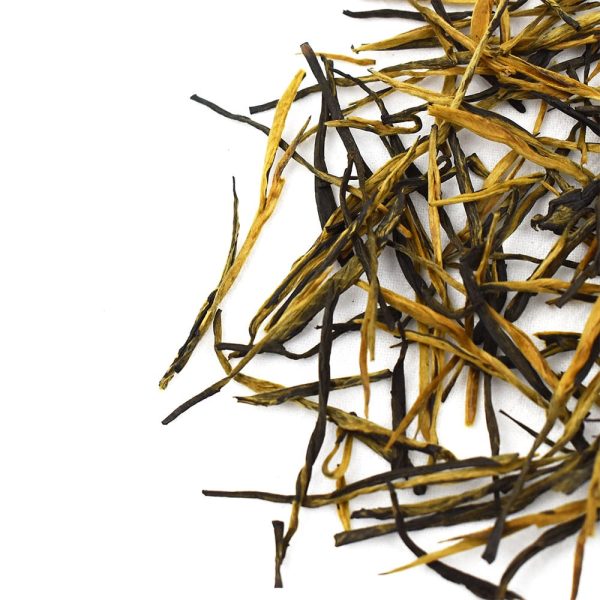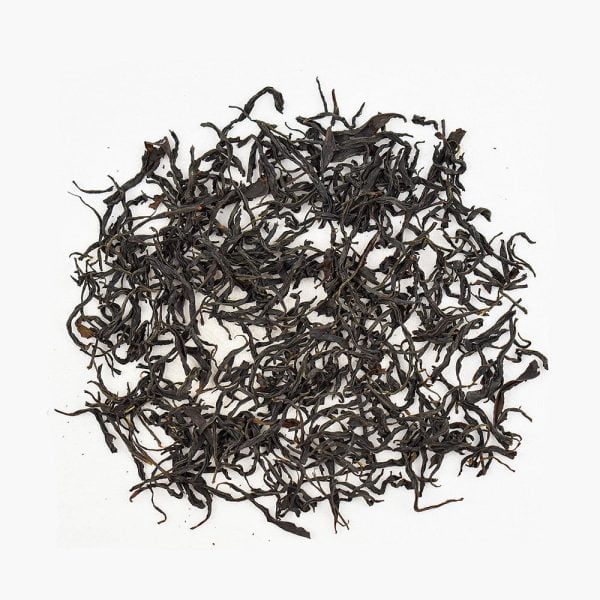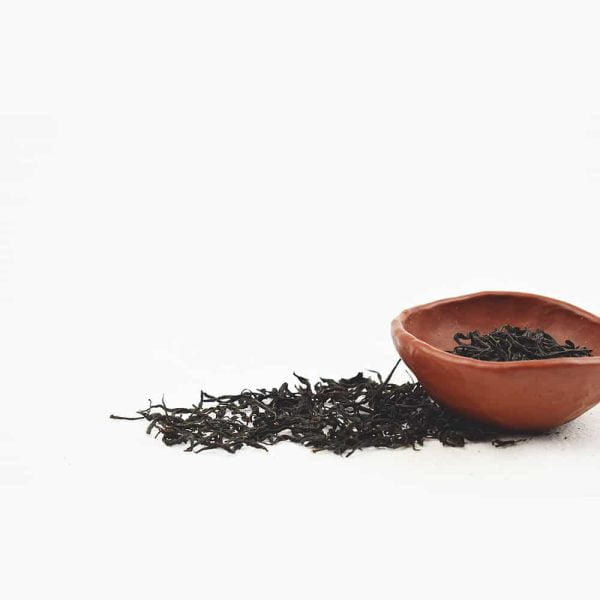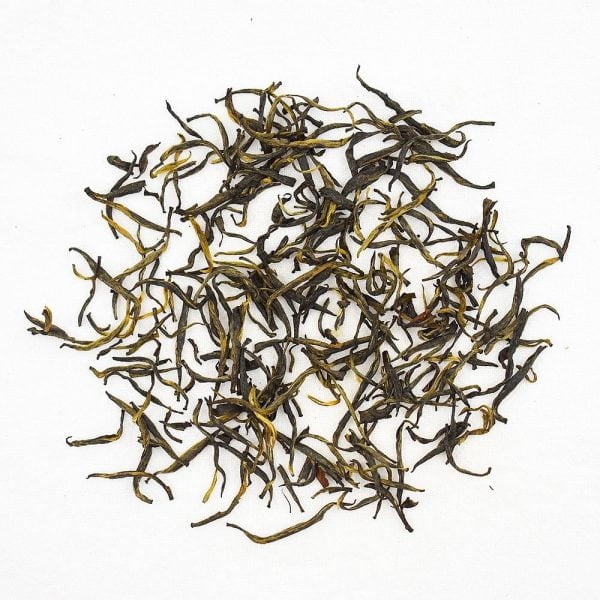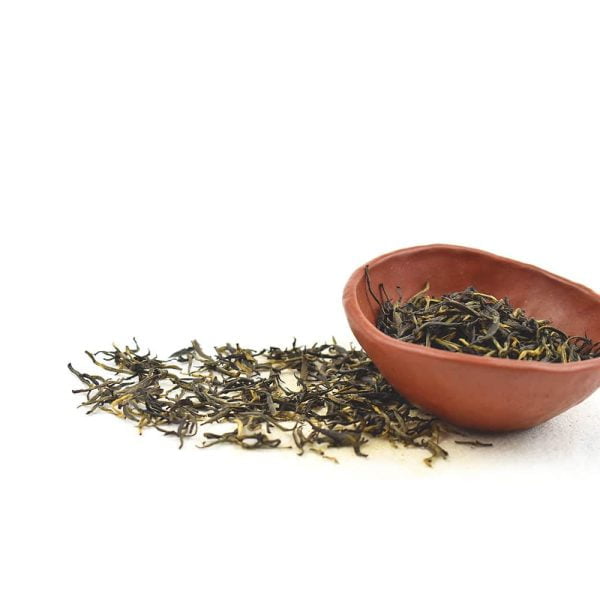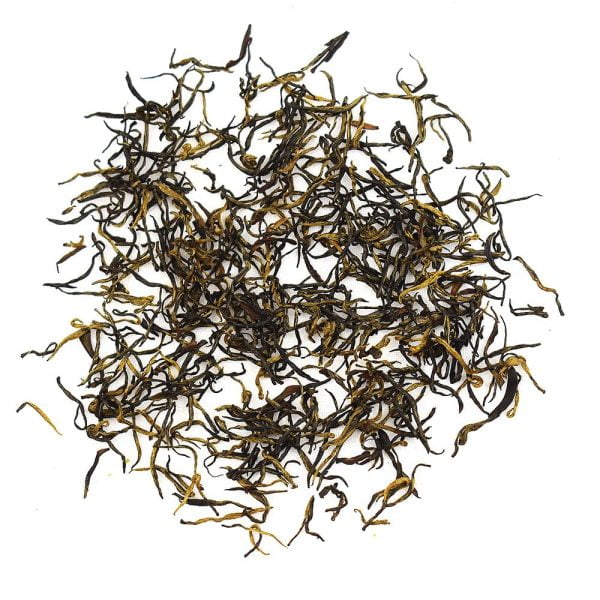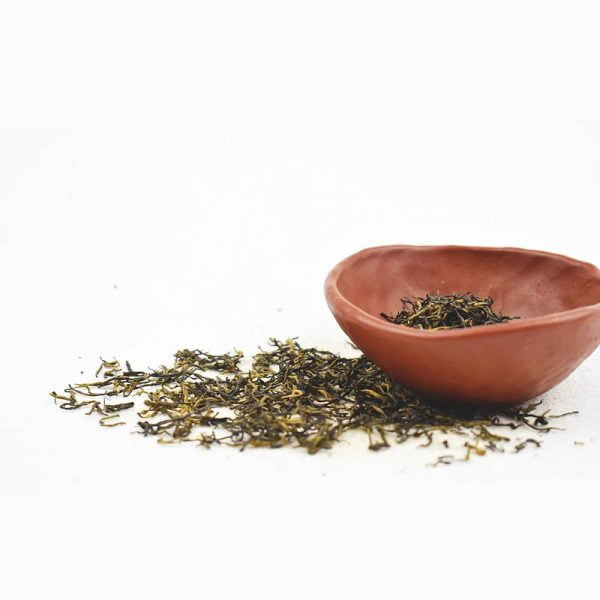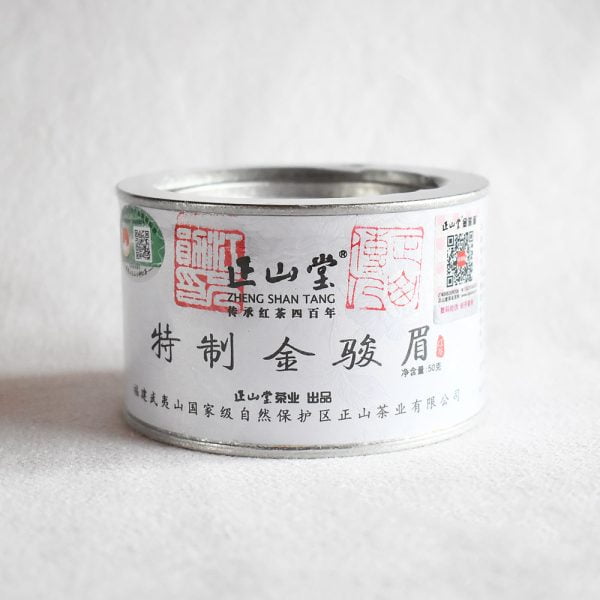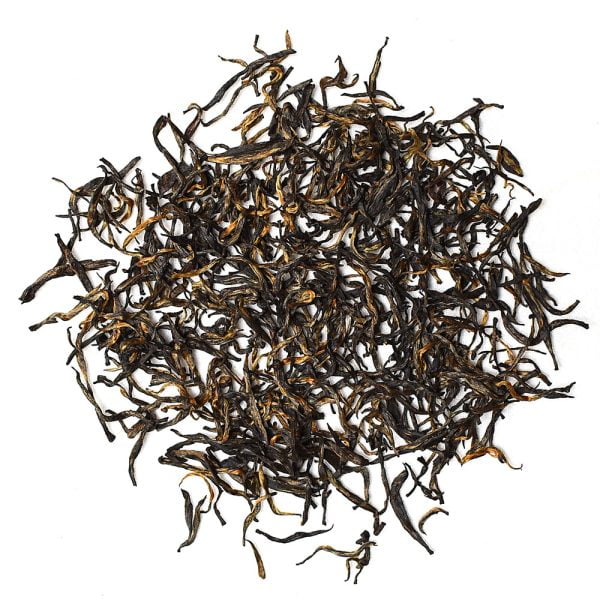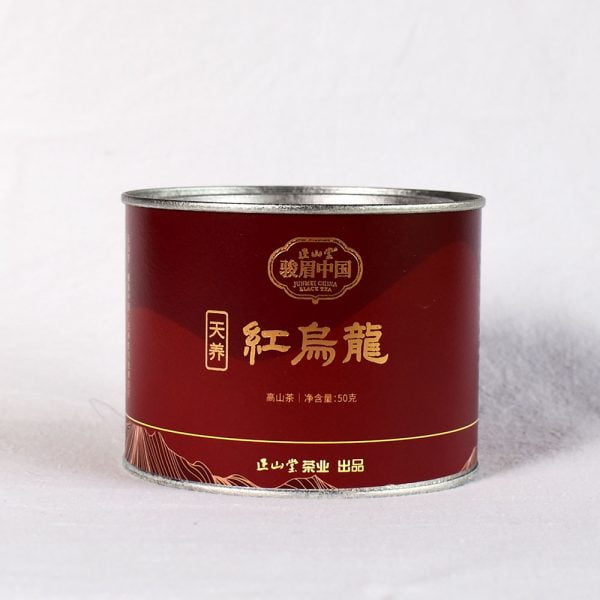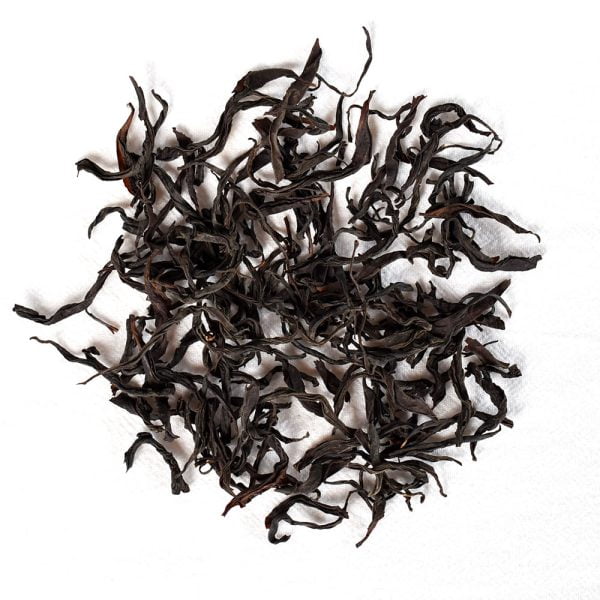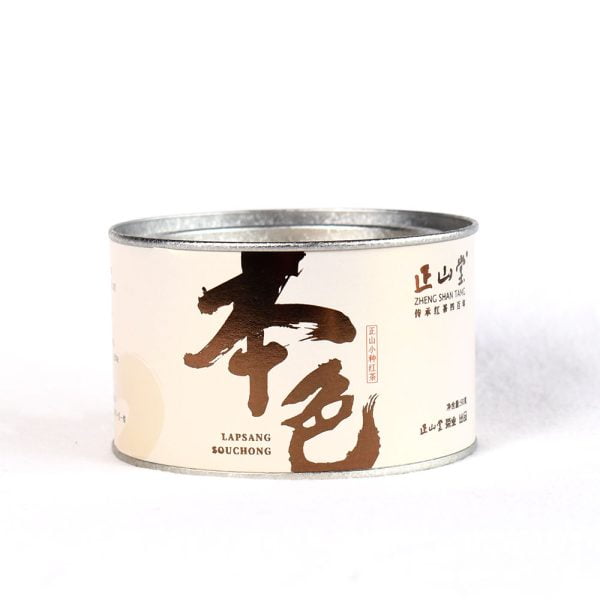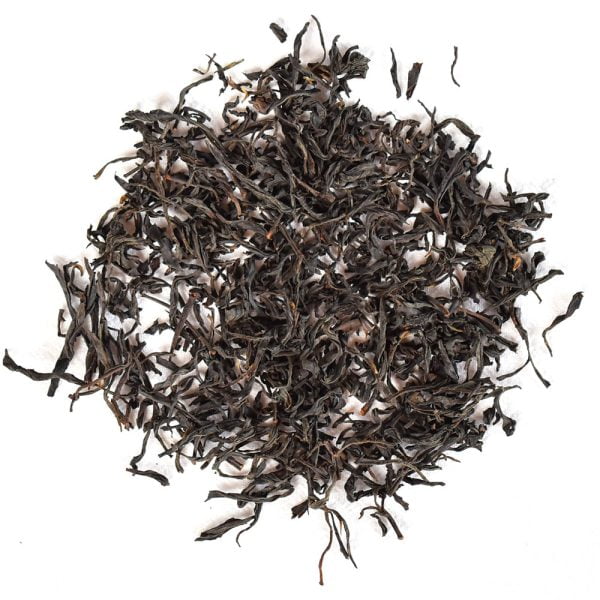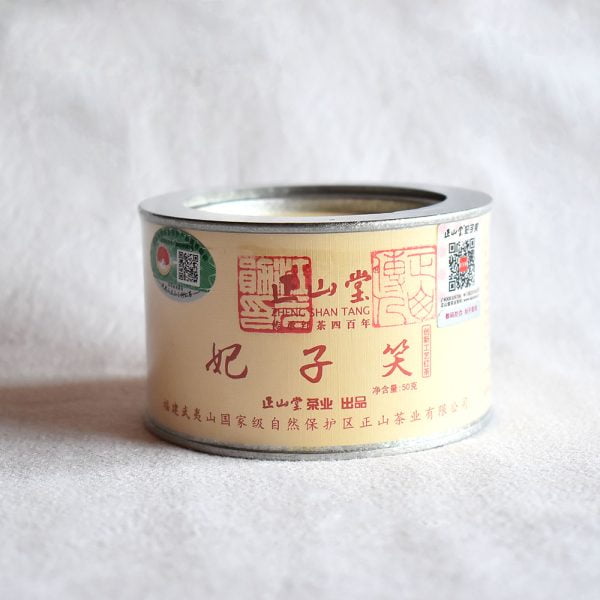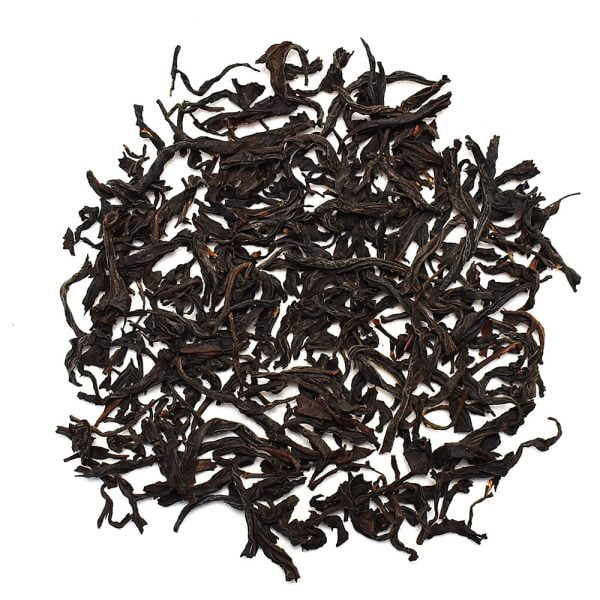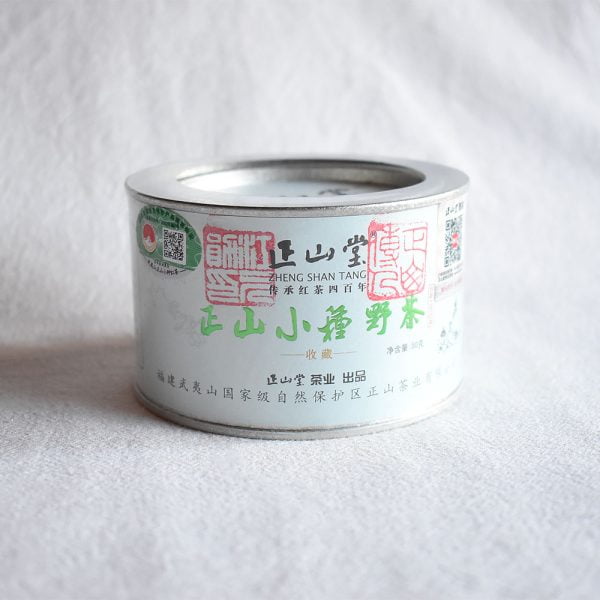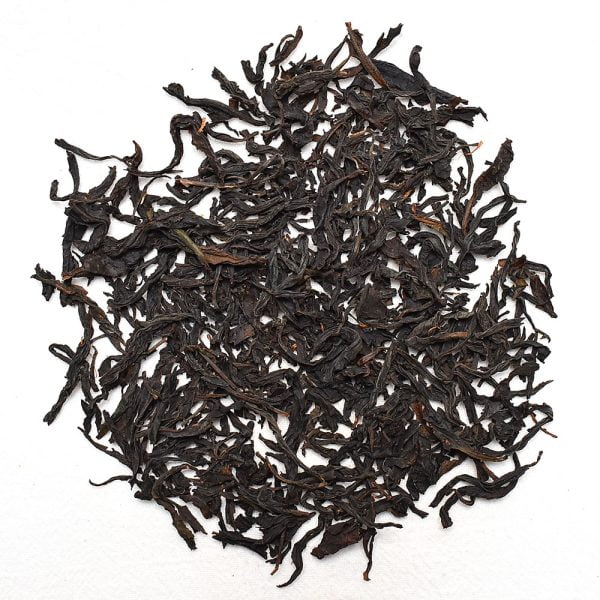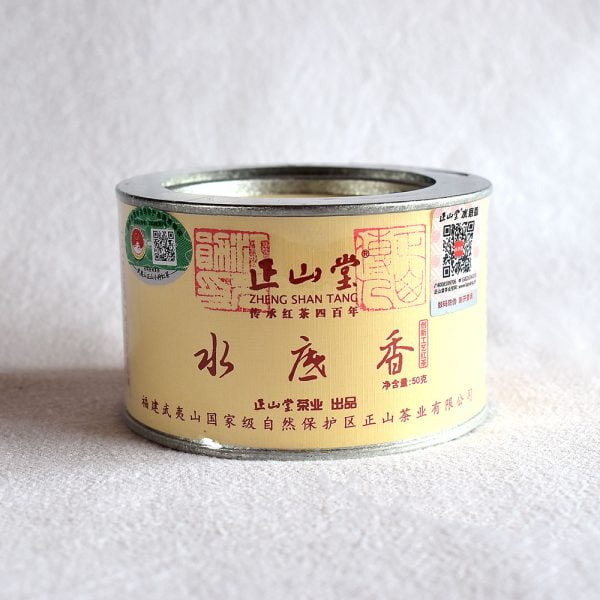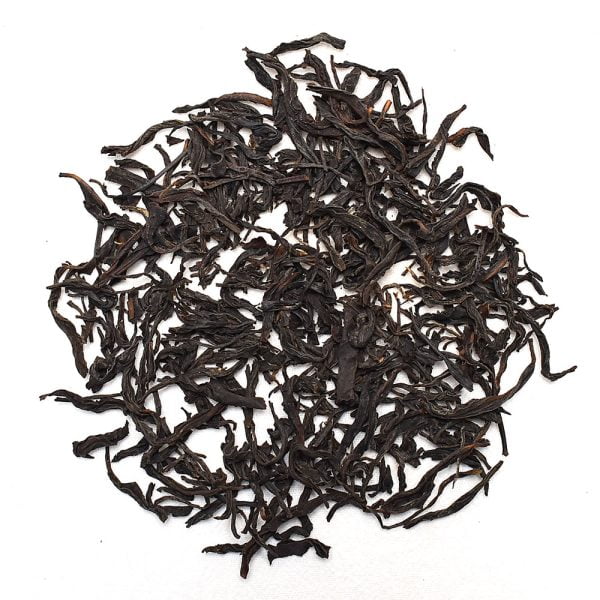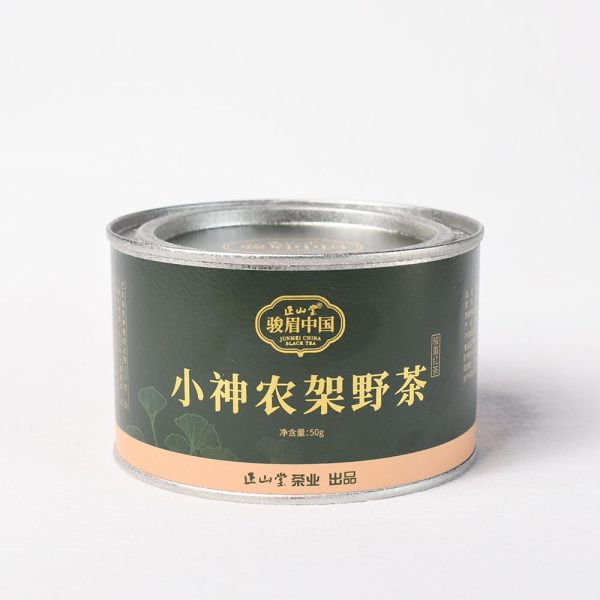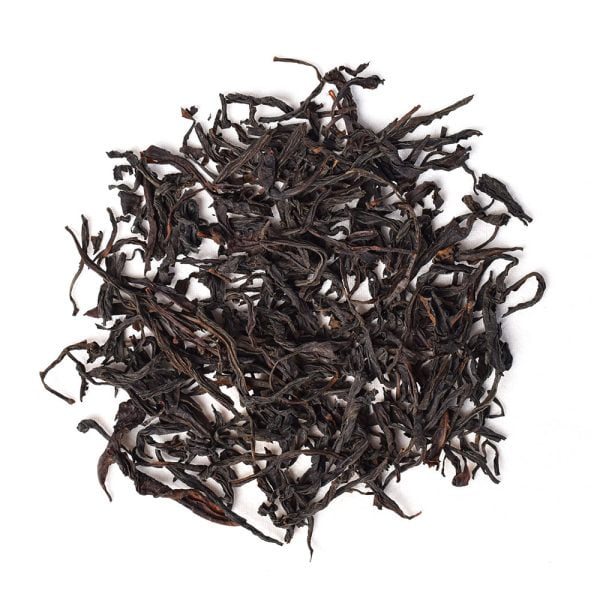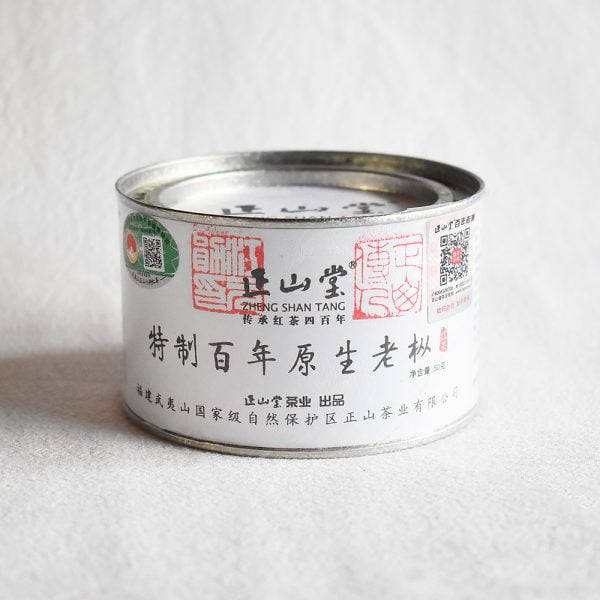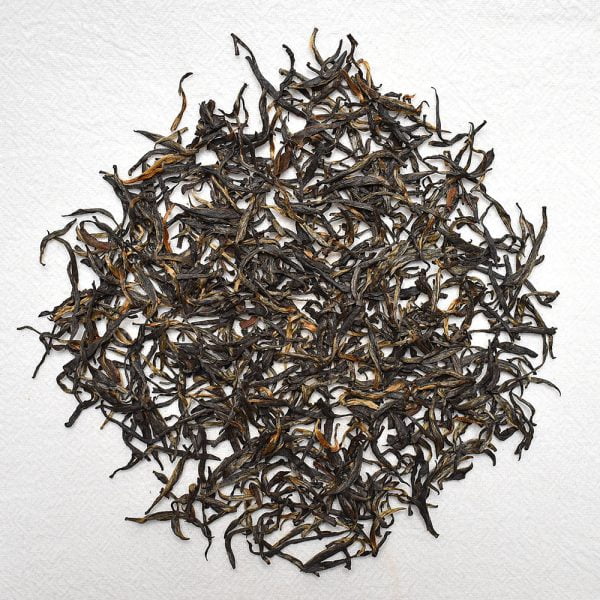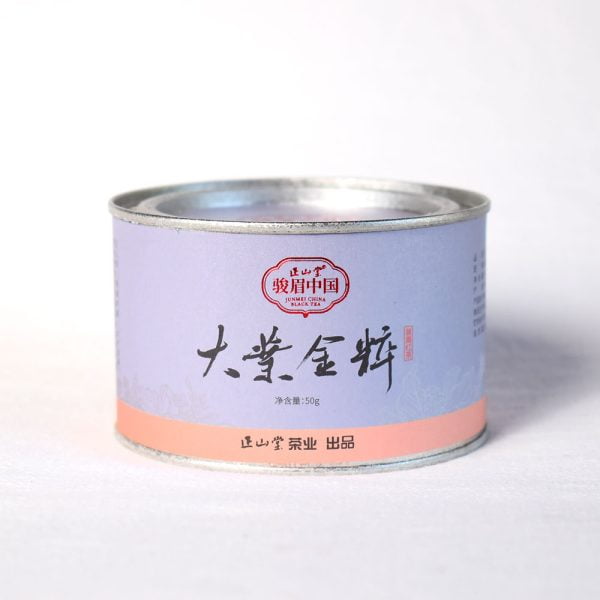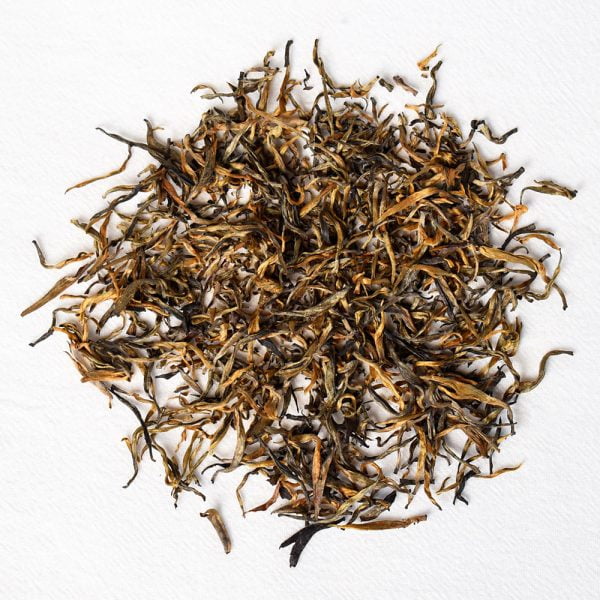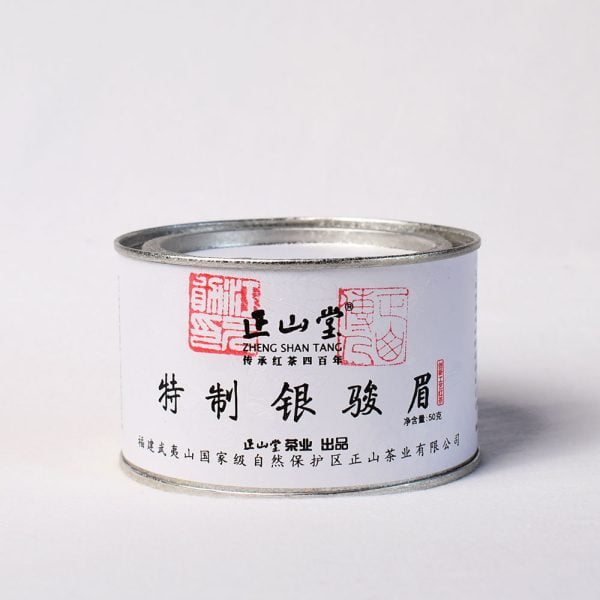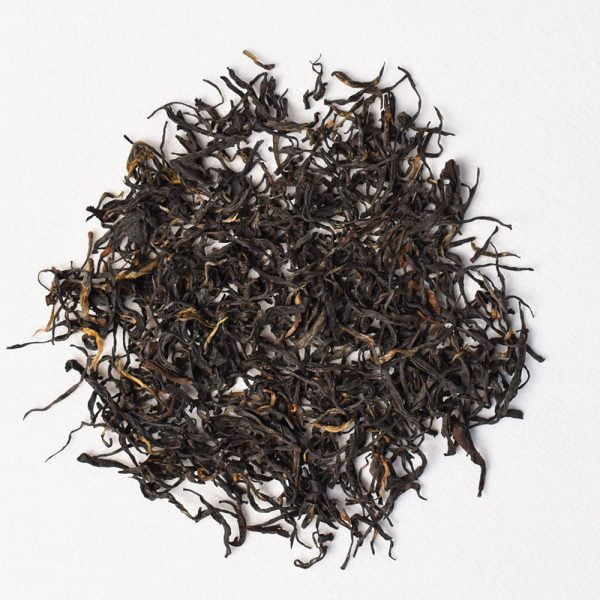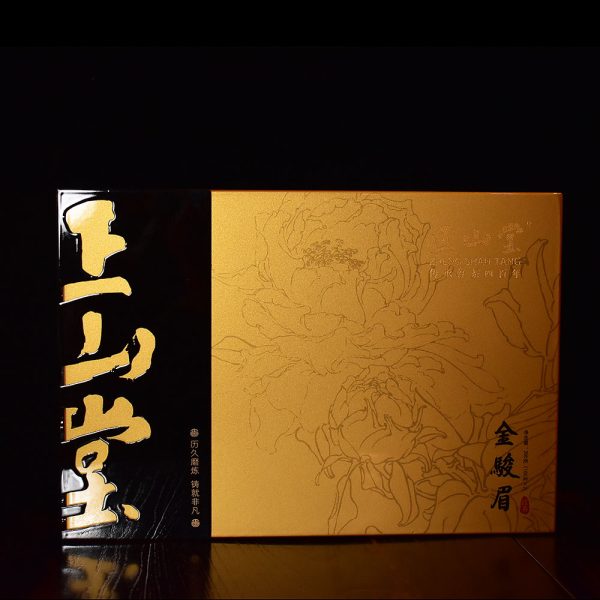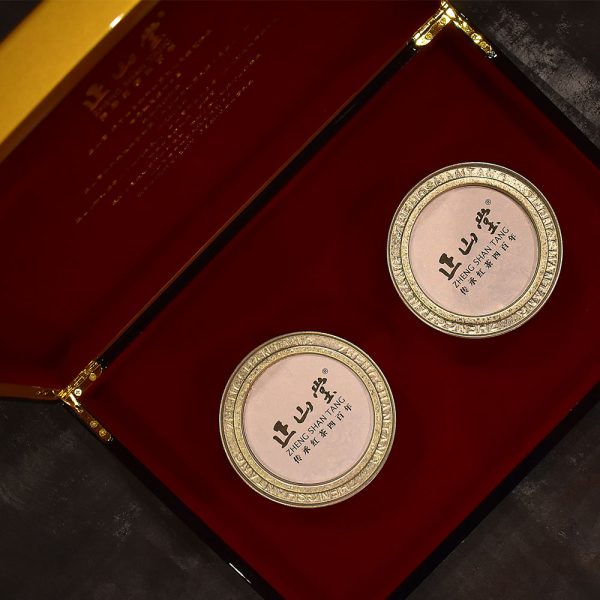Black tea is a wholly fermented tea made from new leaves refined via a series of processes including withering, rolling, fermentation and drying. The processing of black tea hinges on the enzymatic oxidation of tea polyphenols, which increases the complexity of the flavour and makes Chinese black teas sweet and with a mellow flavour.
Making Chinese Black Tea
The principal processes for making black tea are withering, rolling, fermentation and drying.
Withering can be divided into indoor withering and outdoor withering. Before withering, the fresh leaves need to tarnish; the leaves need to be soft enough for the stems not to break, and the veins should be transparent.During withering, the moisture inside the tea leaves is evaporated and their toughness is enhanced so that they can be easily shaped. Withering also reduces the grassiness of the flavour: it is important for the formation of the classic black tea aroma.
The purpose of the rolling of black tea is the same as for green tea: the special shape of each different black tea begins to take shape, and the colour, aroma and taste are enhanced. Meanwhile, oxidation occurs, caused by enzymes released as some of the leaf cells are destroyed. This is good for the next step – fermentation.
Fermentation is a very special and important stage of black tea production.
It occurs because the structure of the cell membrane is damaged during rolling, exposing polyphenols to oxidase. This enzyme starts to work hard to convert the polyphenols into theaflavins, thearubigins, etc.; other chemical reactions also take place. These chemical reactions turn the green tea leaves red and help to form the unique black tea aroma.
During fermentation, the room temperature should be set at around 25-30℃ and the relative humidity should be kept over 90%.
Drying involves using high temperature to quickly evaporate water from the leaves to ensure dryness, which is important for the quality of the tea. There are three main purposes of drying. Firstly, the high temperature stops fermentation by passivating the enzyme activity. Secondly, it evaporates moisture, reduces volume, fixes appearance and guards against mildew. Lastly, using high temperature to give off most of the low-boiling grass odour, and to intensify and retain the high-boiling aromatic substances. This promotes the unique sweetness and aroma of black tea.
Steeping, Brewing and Serving
Using a Gaiwan
- Warm the Gaiwan with hot water; discard the water afterwards
- For a 120ml Gaiwan, add 3-5g tea leaves (according to personal taste)
- Fill the Gaiwan with hot water (90-95°C).The water should not be poured directly onto the tea leaves, but should run down the inside faces of the vessel
- Make sure the water reaches every tea leaf
- Discard the hot water immediately (this step is to ‘wash’ or ‘wake up’ the tea)
- Refill the Gaiwan with hot water
- Infuse tea for around 10 seconds to 1 minute for the first brew
- Pour the tea soup into the fair cup, filtering with a tea strainer
- Divide the liquor equally into small teacups and serve.
Using a teapot
- Warm teapot with hot water; discard the water afterwards
- Add 5g tea leaves (or according to personal taste)
- Fill the teapot with hot water (90-95°C). The water should not be poured directly onto the tea leaves, but should run down the inside faces of the vessel;this avoids damaging the leaves
- Make sure the water reaches every tea leaf
- Discard the hot water immediately (this step is to ‘wash’ or ‘wake up’ the tea)
- Refill the teapot with hot water
- Infuse tea for around 10 seconds to 1 minute for the first brew
- Pour the tea soup into the fair cup, filtering with a tea strainer
- Divide the liquor equally into small teacups and serve.
Storage of BlackTea
- Avoid direct sunlight. If black tea is directly exposed to sunlight, the substances contained in the leaves will start to decompose, reducing the nutritional value and affecting the taste of the tea.
- Keep dry and tightly In order to prevent the tea going bad or mouldy, humidity should be avoided. If the container is not tightly sealed, the tea will oxidise in the air, reducing its quality.
- Avoid mussy odours. Tea can absorb different sorts of odour extremely easily; therefore, it should not be stored alongside anything strong-smelling.
- Avoid storing black tea with other teas.
Tea containers are best made of porcelain or stainless steel; you can also use tin cans. However, it is best to first package black tea in a plastic bag and expel the air before placing it in another container, in order to retain its aroma.





